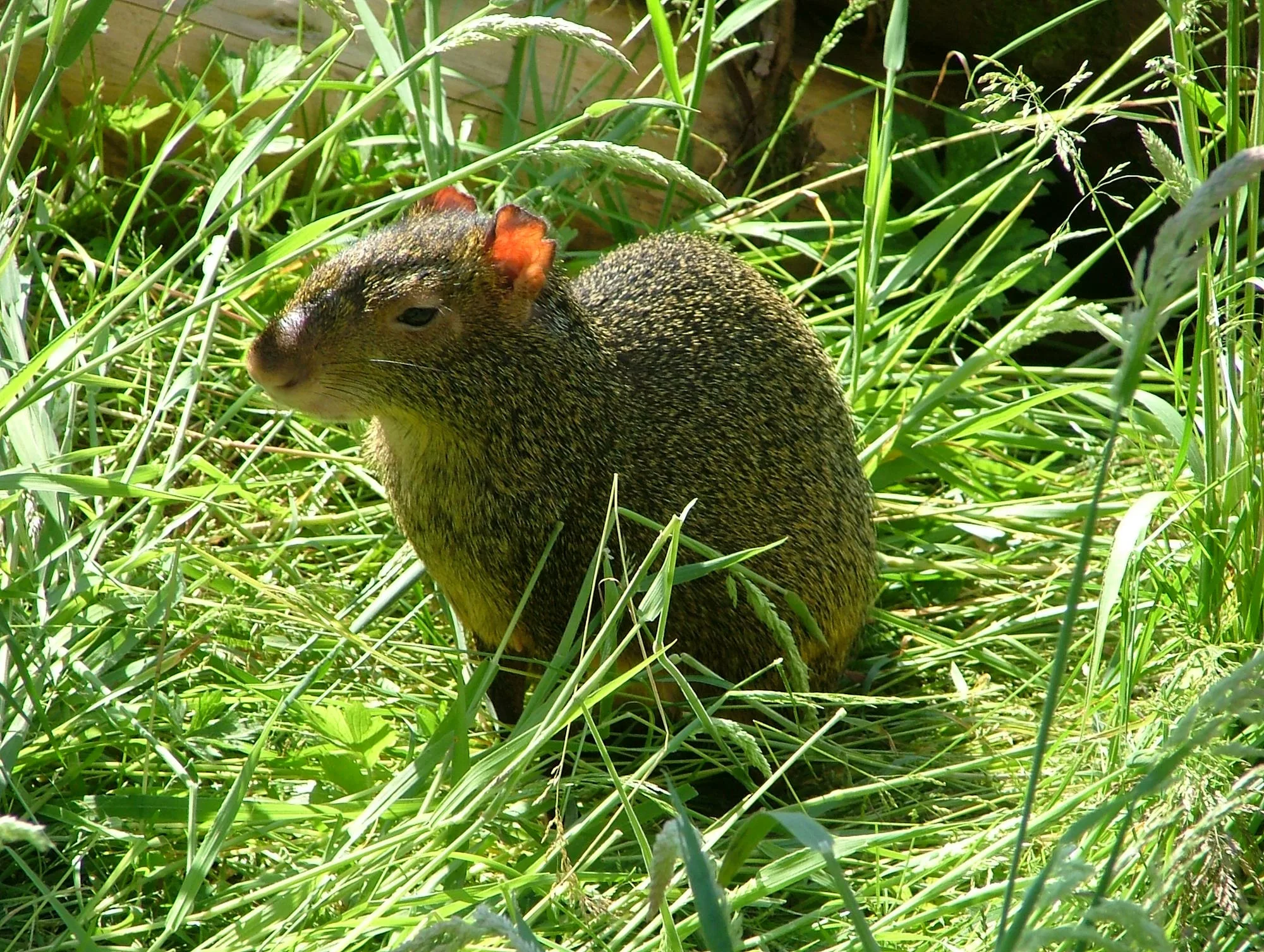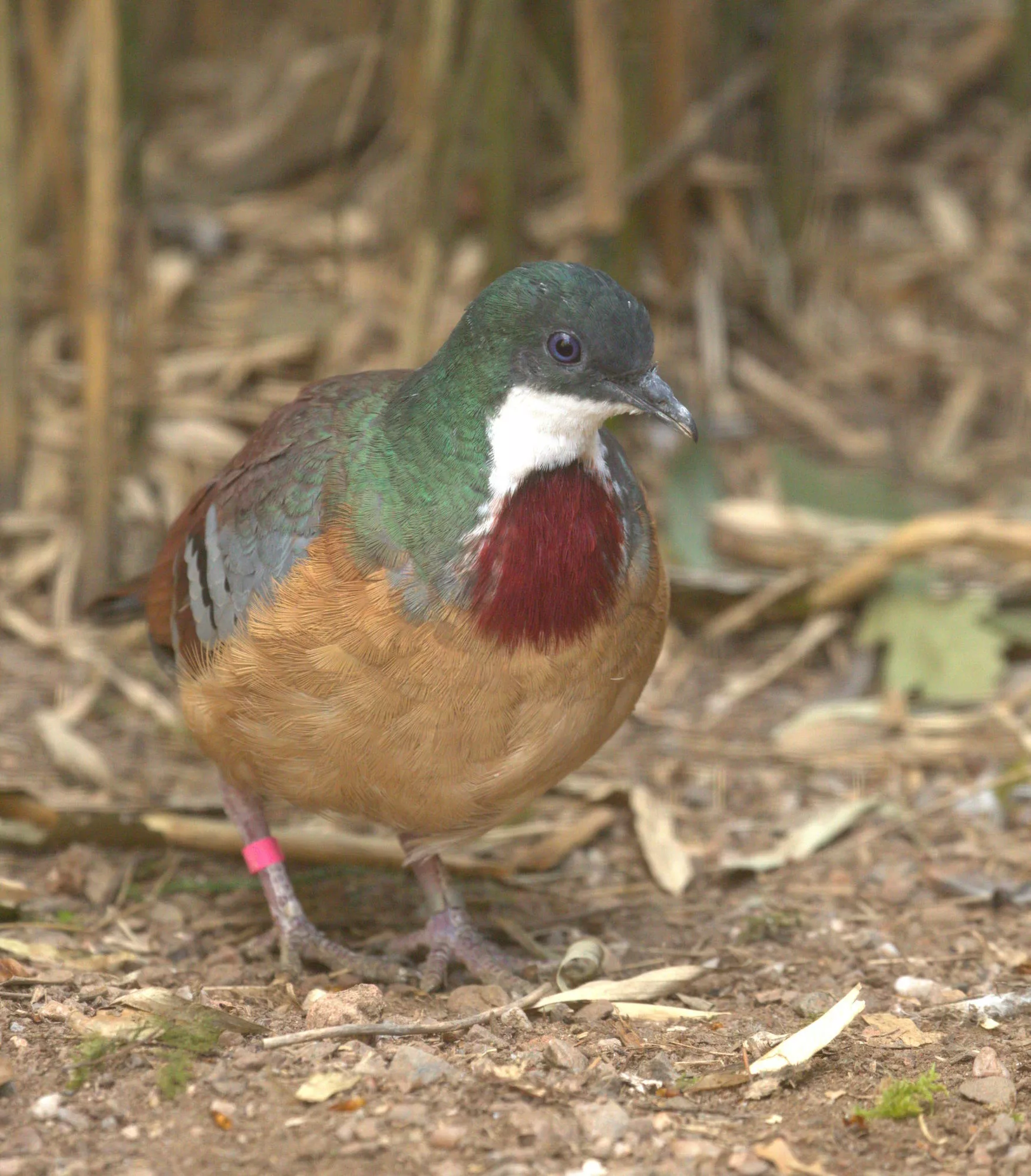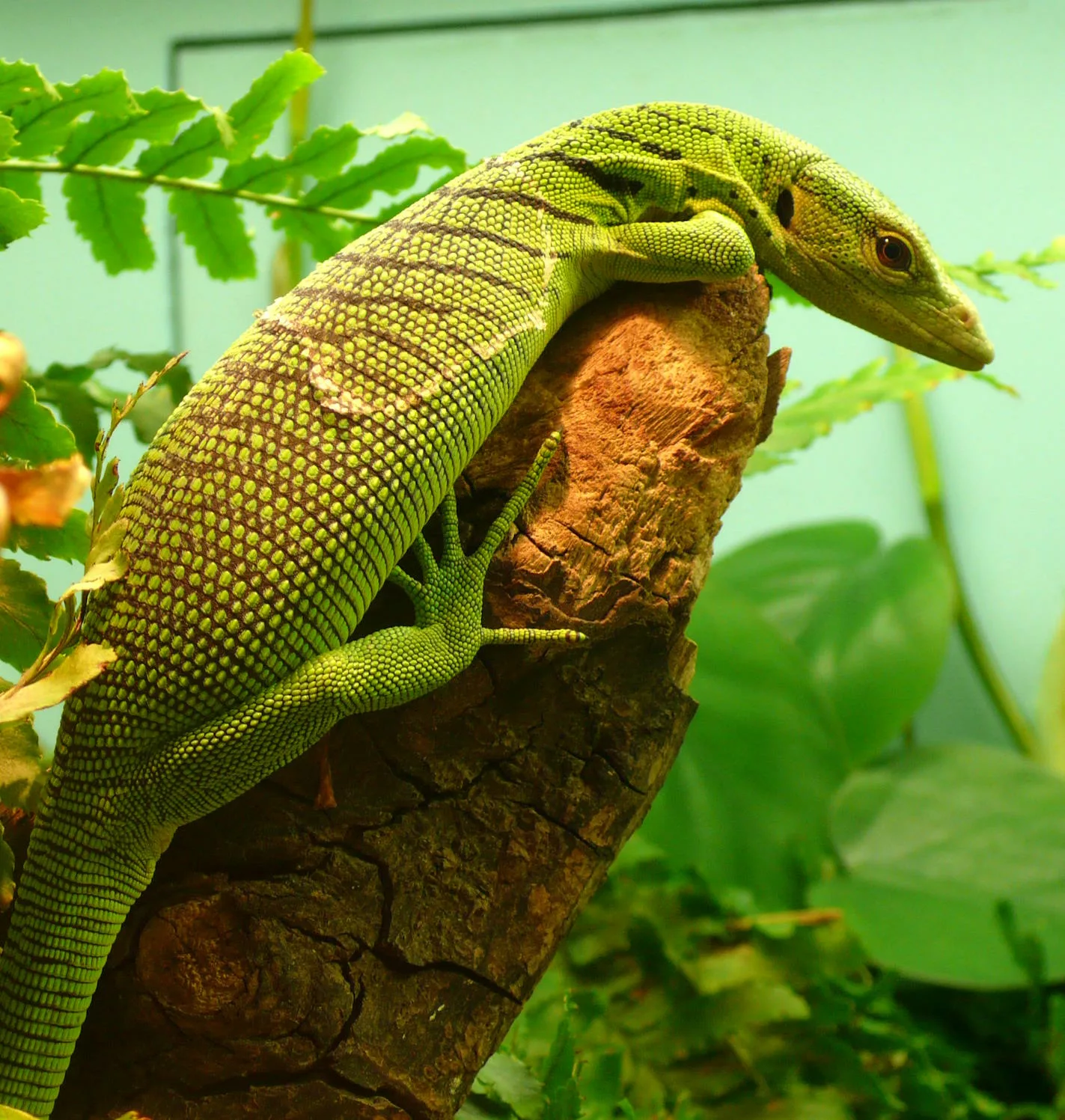
Scarlet ibis
Scientific name: Eudocimus ruber
IUCN listed as: Least Concern
Learn before you visit!
Here are some facts about the species – Discover what they eat, find out about their natural habitat, see what they like to do, and more… Set the reading style to suit you too, everyday speak or something aimed towards children.
Child-friendly
Everyday
Diet
Scarlet ibises primarily feed on insects, crustaceans, and small fish. Their diet includes scarabs, ground beetles, shrimp, small crabs, and mollusks. They use their long, slender bills to probe soft mud and shallow water for food. The carotenoid pigments in their diet, especially from crustaceans, give their feathers the vibrant red colour. This diet helps them maintain their distinctive appearance and supports their active lifestyle.
Scarlet ibises eat insects, crabs, and small fish. They use their long bills to find food in mud and water. The red colour of their feathers comes from the food they eat, especially crabs. This diet keeps them healthy and colourful.
Breeding
Breeding starts in mid-September in Brazil, with pairs forming only for one breeding season. They build simple nests in trees, usually near water. Females lay 3 to 5 eggs, which are incubated for 19 to 23 days. Chicks are born helpless and rely on parents for food and protection, becoming independent at around 75 days old. This breeding strategy helps ensure the survival of the young.
Scarlet ibises start having babies in mid-September. They build nests in trees near water. The mother lays 3 to 5 eggs, which hatch in about three weeks. Baby ibises need their parents’ help and become independent after about 75 days.
Habitat
Scarlet ibises are found in wetlands, mudflats, mangroves, and freshwater lakes throughout South America and the Caribbean. They prefer areas with abundant water and vegetation, which provide ample food and nesting sites. These habitats are crucial for their survival, offering protection from predators. However, habitat destruction and pollution threaten their populations. Conservation efforts focus on preserving these vital ecosystems to ensure the species’ future.
Scarlet ibises live in wetlands and mangroves in South America and the Caribbean. They need lots of water and plants to find food and build nests. These places keep them safe from predators. Protecting their homes is important for their survival.
At the zoo
In zoos, scarlet ibises are provided with habitats that mimic their natural environments, including shallow waters and dense vegetation. They are fed a diet similar to their wild diet, ensuring they receive necessary nutrients. Zoos play an essential role in conservation by educating the public and supporting breeding programs. These programs help maintain genetic diversity and increase population numbers. Observing scarlet ibises in zoos helps people appreciate their beauty and understand the importance of conservation.
In zoos, scarlet ibises live in places like their natural homes, with water and plants. They eat a diet similar to what they would eat in the wild. Zoos help protect them and teach people about these beautiful birds. Watching them in zoos helps us learn why they need to be protected.
Behaviour
Scarlet ibises are social birds, often seen in flocks of 30 or more. They are active during the day, spending most of their time foraging. They communicate with honking noises and use their long bills to search for food in mud and water. They fly in V-formations during migrations and build nests in colonies. These behaviours help them find food, stay safe, and raise their young.
Scarlet ibises live in groups of 30 or more and are active during the day. They use honking sounds to talk to each other and search for food with their long bills. They fly in V-formations and build nests together. These habits help them find food and protect their babies.
Fun facts
- Brilliant Red Colour: Their red feathers come from the carotenoid pigments in their diet.
- Social Birds: They live and travel in large flocks.
- Long Migration: They can fly long distances in V-formations.
- Nest Builders: They build simple nests in trees near water.
- Carnivorous Diet: They primarily eat insects, crustaceans, and small fish.
- Red Feathers: Their red colour comes from the food they eat.
- Group Living: They live and travel in big groups.
- Long Flights: They fly in V-formations during long trips.
- Nest Building: They build nests in trees near water.
- Meat Eaters: They eat insects, crabs, and small fish.
More animals to discover at our zoo
Quick Links
Tickets & Prices
You can buy tickets for Exmoor Zoo securely online, as well as finding out more price options, discover offers, and more…
What’s on…
Exmoor Zoo hosts incredible Events all through the year. You can find out about what we’ve got in store here…
Routes & info
Like any great discovery, Exmoor Zoo can feel a little off the beaten path – but don’t worry – you can plan your journey with our recommended routes and other useful travel info.



























